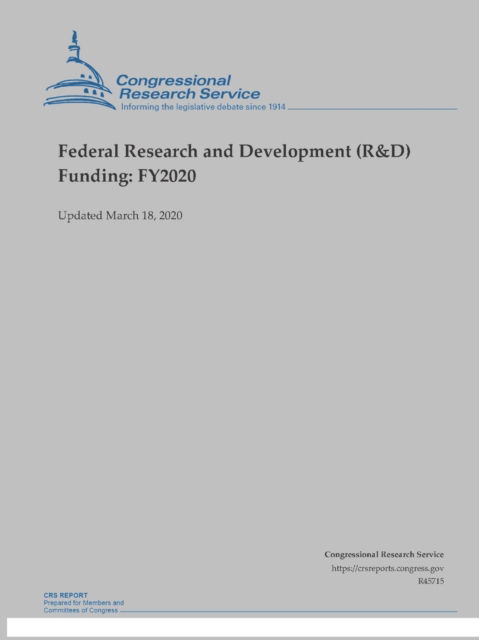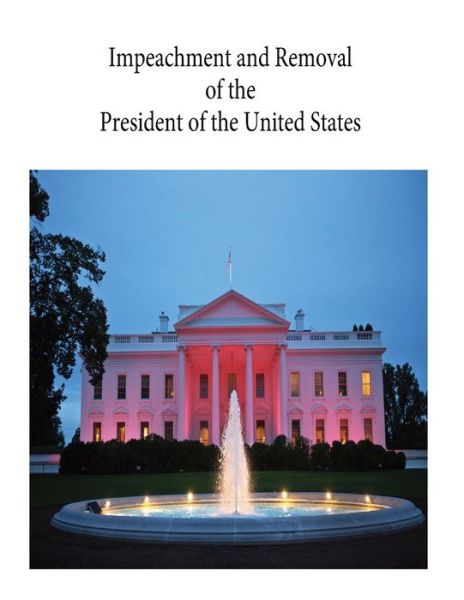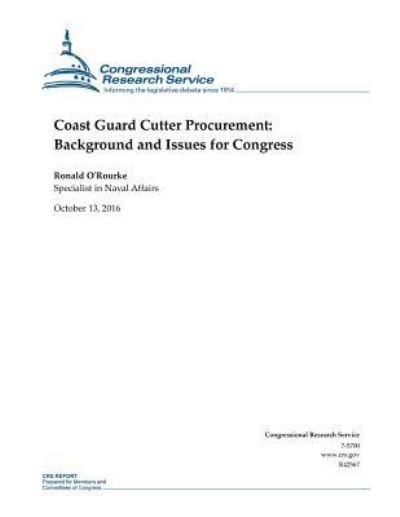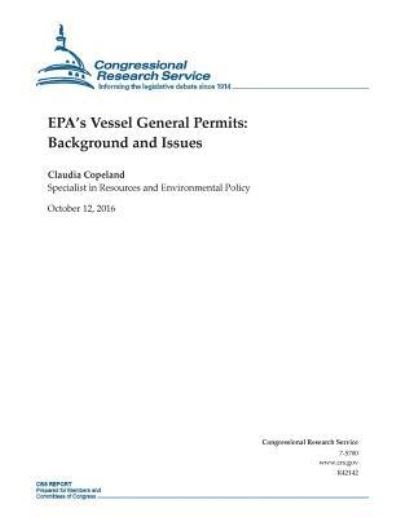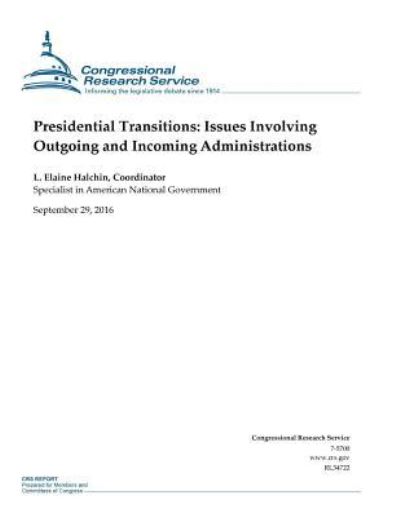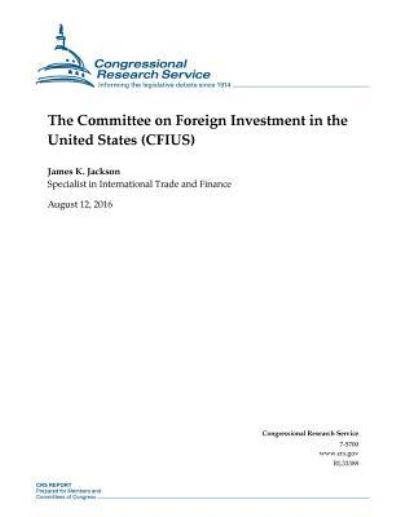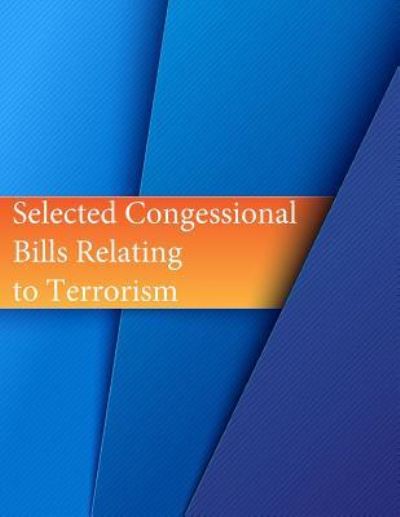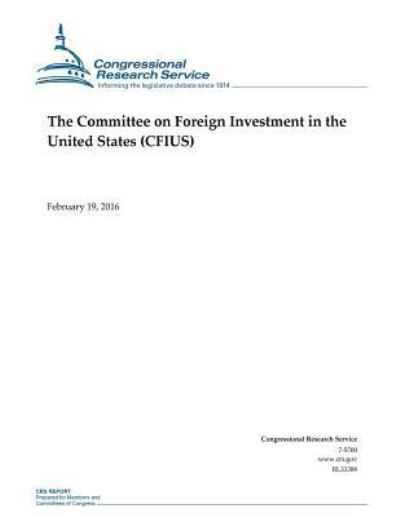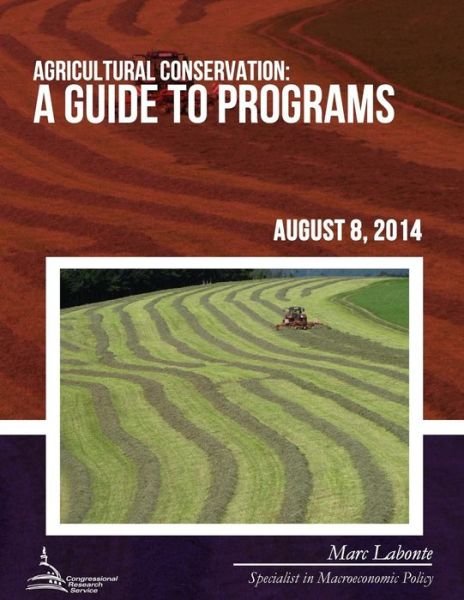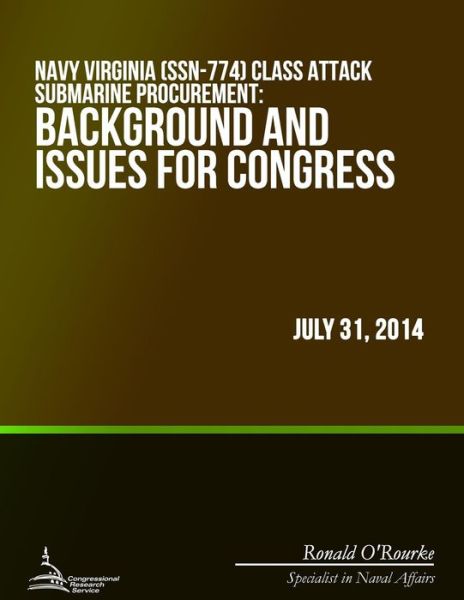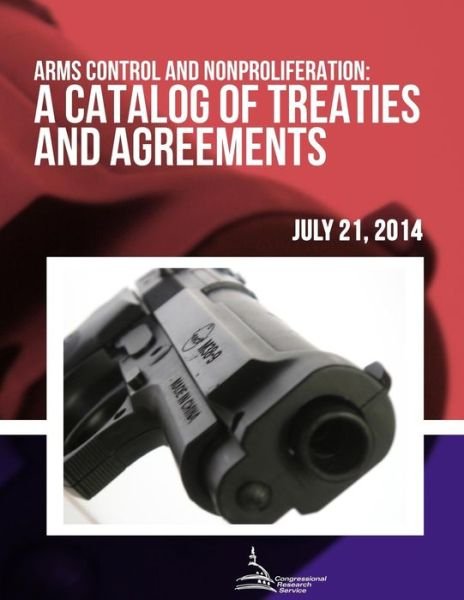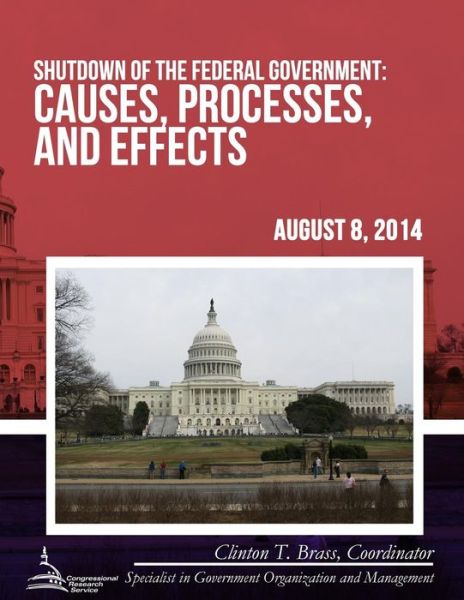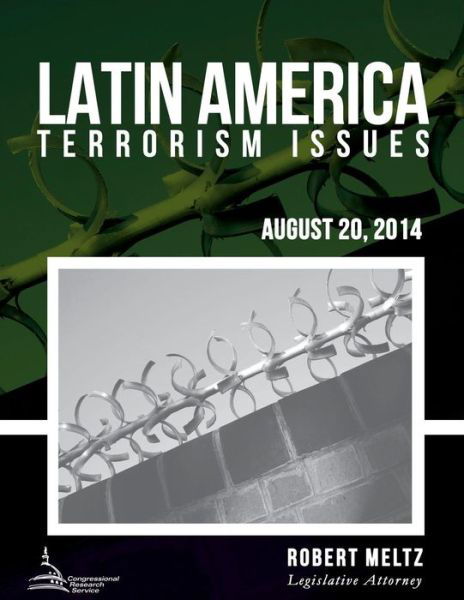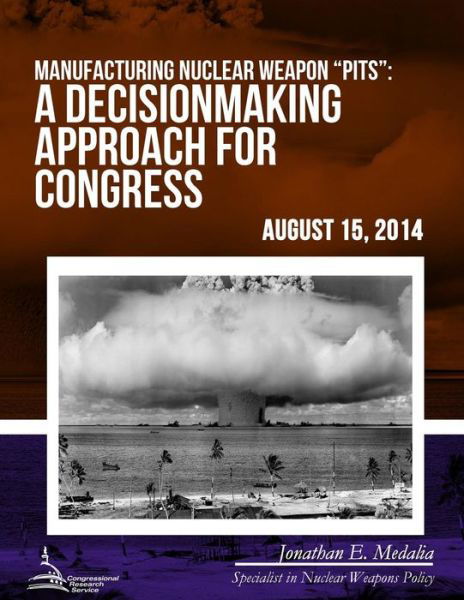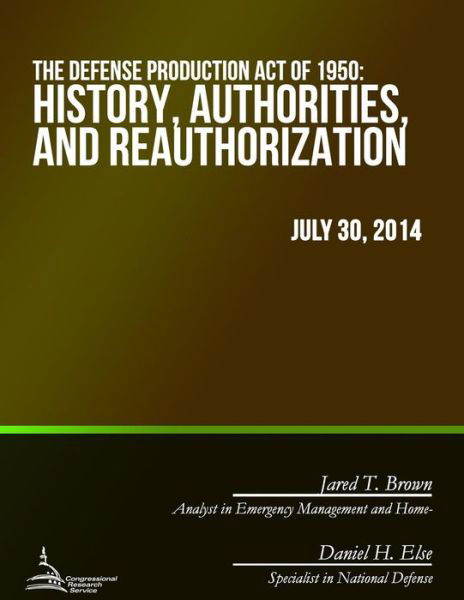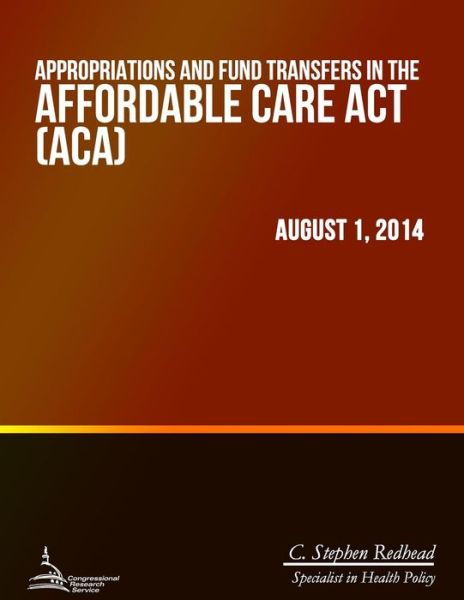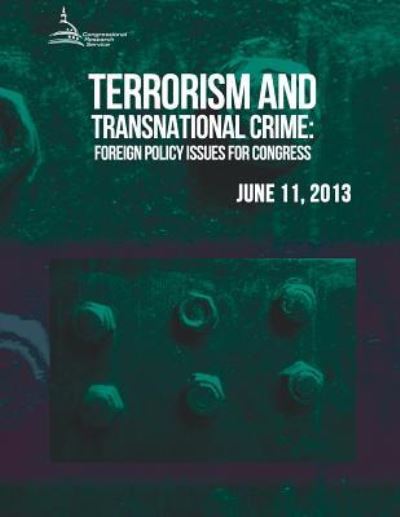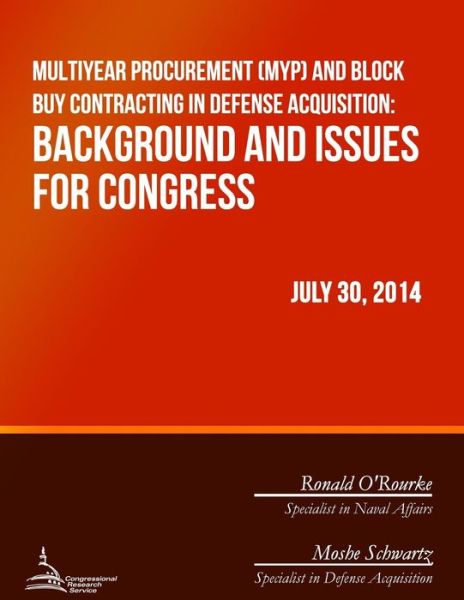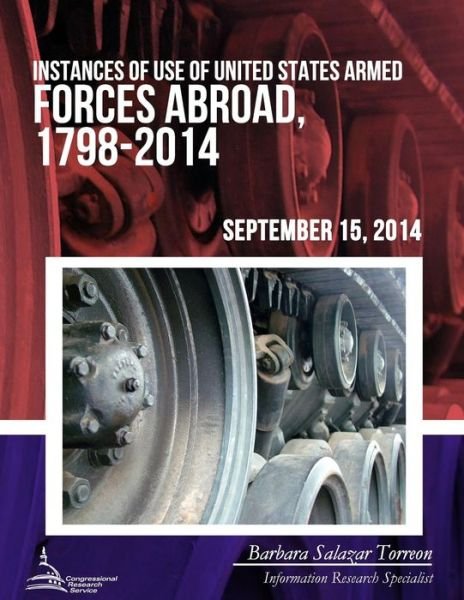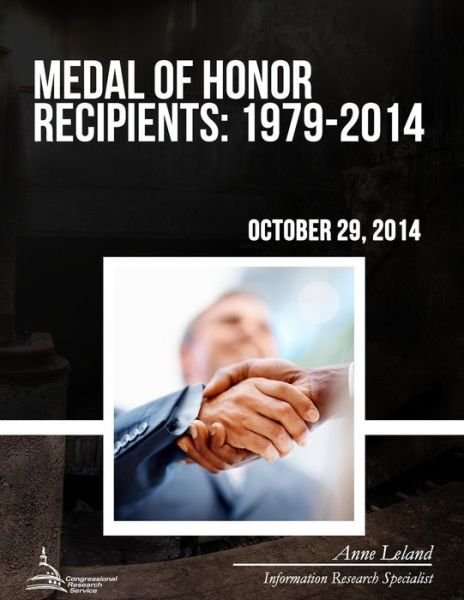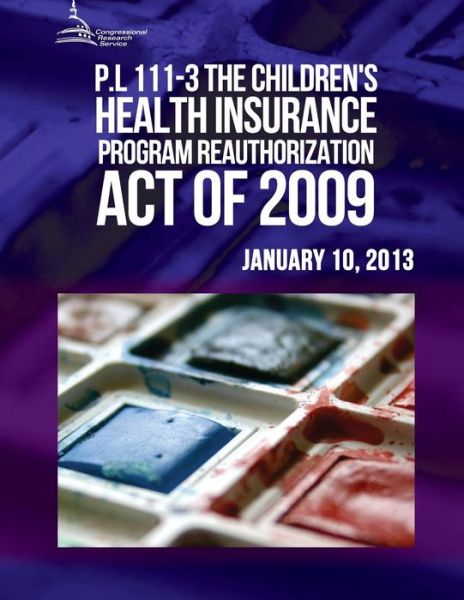
Powiedz znajomym o tym przedmiocie:
Clean Air ACT Issues in the 116th Congress
Congressional Research Service
Clean Air ACT Issues in the 116th Congress
Congressional Research Service
Review of regulations issued under the Obama Administration, with the possibility of their modification or repeal, was the main focus of interest on Clean Air Act issues in the 115th Congress and in the executive and judicial branches in 2017 and 2018. This may continue in the 116th Congress-although with a different emphasis, given the new majority in the House. U. S. Environmental Protection Agency (EPA) rules to regulate greenhouse gas (GHG) emissions from power plants, cars and trucks, and the oil and gas sector have been of particular interest. Reducing GHG emissions to address climate change was a major goal of President Obama, but, for a variety of reasons, Congress has not passed comprehensive legislation. In the absence of congressional action, President Obama directed EPA to promulgate GHG emission standards using existing Clean Air Act authority. This authority has been upheld on three occasions by the Supreme Court. The specifics have been controversial, however, and subject to debate in Congress, the Trump Administration, and the courts. The Clean Power Plan (CPP), which was promulgated in 2015 and would limit GHG emissions from existing fossil-fueled power plants, has been a frequent subject of debate. Implementation of the CPP has been stayed by the Supreme Court since February 2016, pending the completion of judicial review. Prior to the stay, challenges to the rule had been filed with the U. S. Court of Appeals for the D. C. Circuit by more than 100 parties, including 27 states. The D. C. Circuit heard oral argument in the case in September 2016; as of this writing, the court has not issued a decision. The Trump Administration's EPA has proposed to repeal the CPP and replace it with the Affordable Clean Energy rule (ACE), a rule focused on improving efficiency at coal-fired power plants. The D. C. Circuit has held the litigation in abeyance during EPA's review of the CPP. More broadly, on March 28, 2017, President Trump signed Executive Order 13783, to require the review of regulations and policies that burden the development or use of domestically produced energy. The E. O. directed EPA to review the Clean Power Plan and several other regulations for consistency with policies that the E. O. enumerates, and as soon as practicable, to "suspend, revise, or rescind the guidance, or publish for notice and comment proposed rules suspending, revising, or rescinding those rules." GHG rules for new power plants, for cars and trucks, and for methane emissions from the oil and gas industry, in addition to the CPP, are subject to the executive order and are under review at EPA, as well as being challenged in the courts. Congress could address the issue through legislation affirming, modifying, or overturning any of these regulations. The threat of a filibuster, requiring 60 votes to proceed, however, has generally prevented Senate action. In the 116th Congress, the advent of a Democratic majority in the House may give that chamber leadership that is more interested in addressing climate change issues rather than rolling back regulations. One result may be a new focus on oversight of agency actions to address climate change and its impacts. The 116th Congress may also be interested in issues related to EPA air quality standards for what are called "conventional" or "criteria" pollutants. EPA faces statutory deadlines to complete reviews of the National Ambient Air Quality Standards (NAAQS) for the two most widespread of this group: ozone and particulate matter (PM). The agency has proposed to speed up the review process, while simultaneously eliminating the scientific review panels that have historically assisted agency staff in conducting the reviews. The Clean Air Act has minimal requirements for how the agency is to conduct NAAQS reviews, leaving the details to the EPA Administrator. Nevertheless, congressional oversight is considered possible as EPA moves forward with the ozone and PM reviews.
| Media | Książki Paperback Book (Książka z miękką okładką i klejonym grzbietem) |
| Wydane | 11 stycznia 2019 |
| ISBN13 | 9781793893895 |
| Wydawcy | Independently Published |
| Strony | 24 |
| Wymiary | 216 × 279 × 1 mm · 81 g |
| Język | English |
Więcej od Congressional Research Service
Zobacz wszystko od Congressional Research Service ( np. Paperback Book i Book )


